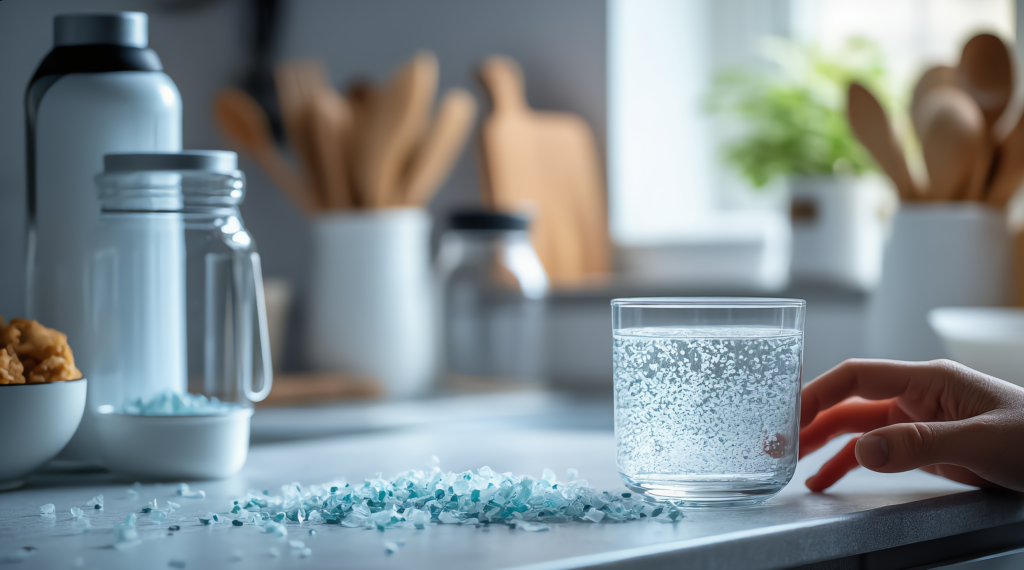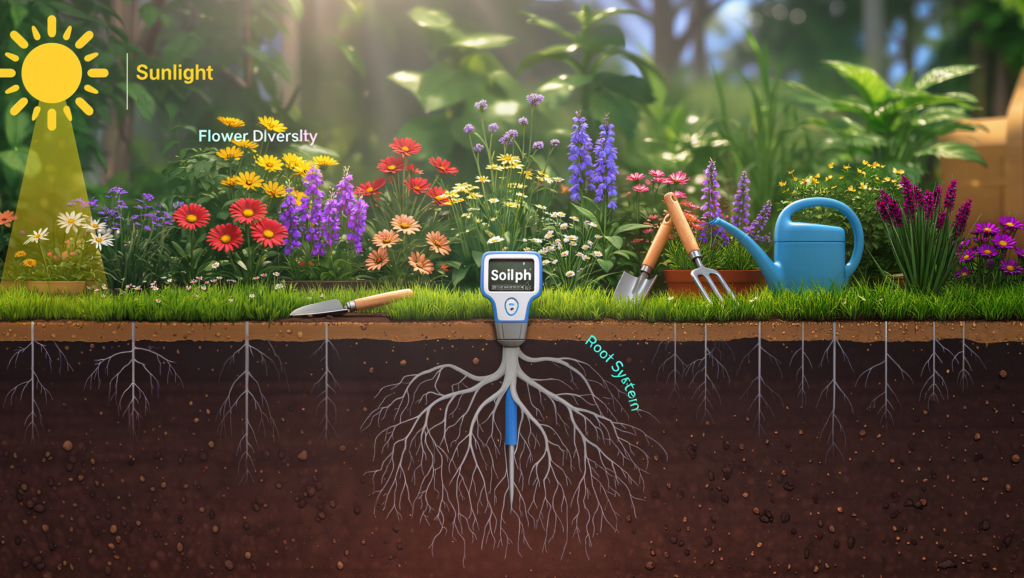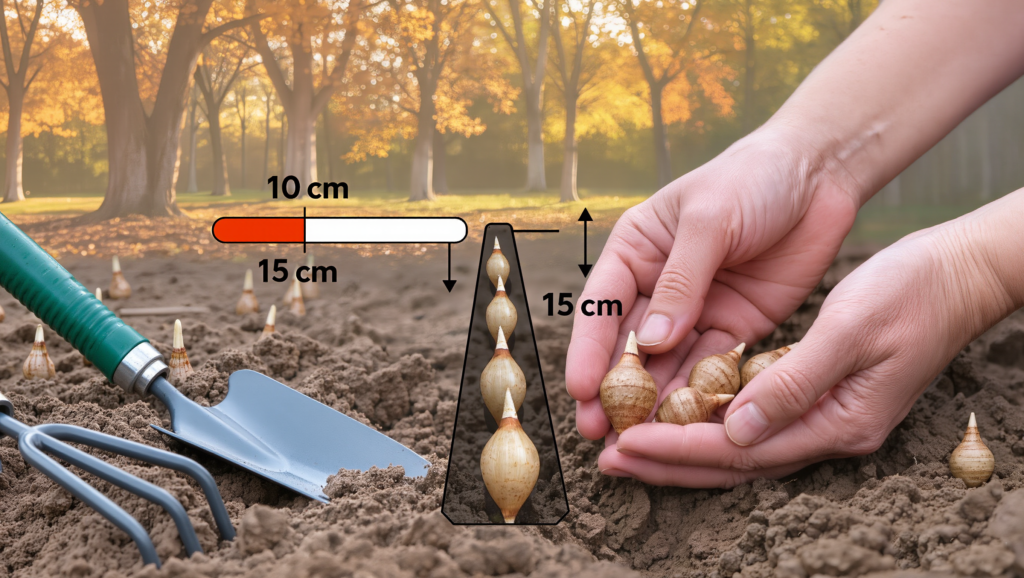In recent years, the tiny world of microplastics has emerged as a major environmental and health concern worldwide. But what exactly are microplastics? Why are they dangerous, and how can you protect yourself and the planet from their harmful effects? Let’s dive into this microscopic but mighty issue to understand why these tiny particles matter so much.
What Are Microplastics?
Microplastics are tiny pieces of plastic measuring less than 5 millimeters in diameter — that’s about the size of a sesame seed or smaller—and sometimes even down to the nanometer scale, which is far smaller than what the eye can see. They come from two main sources: primary microplastics, which are deliberately manufactured small plastic particles (like microbeads in cosmetics), and secondary microplastics, which form from the breakdown and degradation of larger plastic items such as water bottles, fishing nets, synthetic fibers from clothes, tires, or packaging materials.
Because plastics do not truly decompose but rather break down into smaller and smaller fragments through processes like photodegradation (sunlight breaking plastics apart), these microplastics are now ubiquitously found in our environment. They’ve been detected in oceans, rivers, soils, air—even remote places like the Arctic and the high mountains of the Himalayas.
Why Are Microplastics a Problem?
It’s their size, persistence, and pervasiveness that make microplastics so insidious. Their tiny size lets them be transported easily by air and water over long distances, infiltrating ecosystems worldwide. More troublingly, they can be ingested or inhaled by animals and humans, entering food chains and potentially accumulating in tissues.
Dangers to the Environment
Microplastics harm ecosystems in many ways:
- They impair the growth and reproduction of marine life, impacting creatures from microscopic algae vital to aquatic food webs, all the way up to fish and birds.
- Microplastics absorb and carry toxic chemicals like persistent organic pollutants, pesticides, heavy metals, and harmful additives (e.g., BPA and phthalates). These toxins can leach into water and soil, compounding environmental damage.
They even affect environmental processes; studies suggest microplastics in snow and ice may accelerate melting by darkening surfaces, thus contributing to climate change.
Dangers to Human Health
Humans are exposed to microplastics through food, water, air, and everyday products. On average, studies estimate that adults swallow tens of thousands up to over 100,000 microplastic particles annually through water, seafood, salt, and even produce. They have been found inside human blood, lungs, placenta, kidneys, and digestive tracts, raising concerns about their health impacts.
Here are some documented and potential health risks associated with microplastic exposure:
- Digestive System Issues: The accumulation of microplastics in the gut can cause inflammation, disrupt beneficial gut bacteria, and impair nutrient absorption, potentially leading to metabolic disorders.
- Chemical Toxicity: Many microplastics contain endocrine-disrupting chemicals like BPA and phthalates, known to interfere with hormone function and linked to reproductive problems, weight gain, insulin resistance, and developmental issues.
- Cellular and DNA Damage: Microplastics can generate oxidative stress, damaging cells and DNA, which raises the risk of chronic diseases such as cancer and neurodegenerative disorders.
- Respiratory Problems: Inhalation of airborne microplastics can lead to lung irritation and inflammation, increasing the risk of asthma, fibrosis, and possibly lung cancer over time.
- Immune and Neurological Effects: Experimental models indicate microplastics can trigger immune responses and neurotoxicity, though more human studies are needed.
Even though research is still evolving, there is growing consensus that microplastics pose a notable hazard to both ecosystems and human health.
How Can You Protect Yourself from Microplastics?
Fortunately, there are practical steps you and communities can take to minimize exposure and reduce microplastic pollution:
1. Reduce Single-Use Plastics
Cutting down on plastic consumption—especially single-use items like straws, plastic bags, water bottles, and packaging—helps reduce the plastic waste that eventually breaks down into microplastics.
2. Avoid Personal Care Products Containing Microbeads
Many facial scrubs, toothpastes, and cosmetics contain tiny plastic microbeads. Check labels and opt for natural or microbead-free alternatives. Some regions have even banned microbeads in cosmetics due to their environmental impact.
3. Choose Natural Fibers Over Synthetic Clothing
Synthetic fabrics like polyester and nylon shed microfibers when washed, which enter waterways and contribute significantly to microplastic pollution. Wearing cotton, wool, or other natural textiles and using microfiber-catching laundry bags can significantly cut this source.
4. Support Clean Water and Air Filtration
Using high-quality water filters may reduce microplastic consumption through tap water. Installing indoor air purifiers can help limit inhalation exposure in polluted environments.
5. Advocate for Better Waste Management and Regulations
Encouraging governments and manufacturers to improve plastic waste collection, recycling infrastructure, and regulations on microplastics in products is vital. Supporting bans on harmful plastic additives and microbeads boosts collective efforts.
6. Be Mindful of Your Diet
Reducing seafood consumption, especially shellfish known to accumulate microplastics, or sourcing seafood from responsible suppliers can reduce personal plastic ingestion.
What’s Being Done Globally?
Recognition of the microplastic problem is growing globally. The European Commission, for example, has restricted the sale of products containing non-degradable synthetic microplastics as an environmental precaution1. Research continues to develop new technologies to identify, capture, and remove microplastics from ecosystems, like nanocoils and magnetic liquids.
Nonetheless, significant gaps remain in understanding the full human health risks and microplastic sources, underlining the need for ongoing scientific study and international cooperation.
Final Thoughts
Microplastics may be tiny, but their threat to health and the environment is enormous. As these plastic specks silently infiltrate air, water, soil, and our bodies, awareness and action become crucial.
Protecting yourself involves small but impactful changes—reducing plastic use, making informed product choices, and advocating for systemic change. Together, these efforts can help turn the tide against microplastic pollution, safeguarding both our planet and our health.








